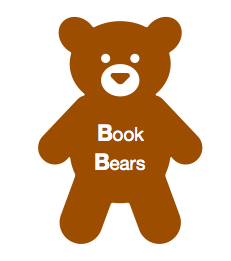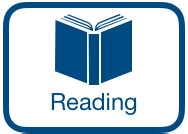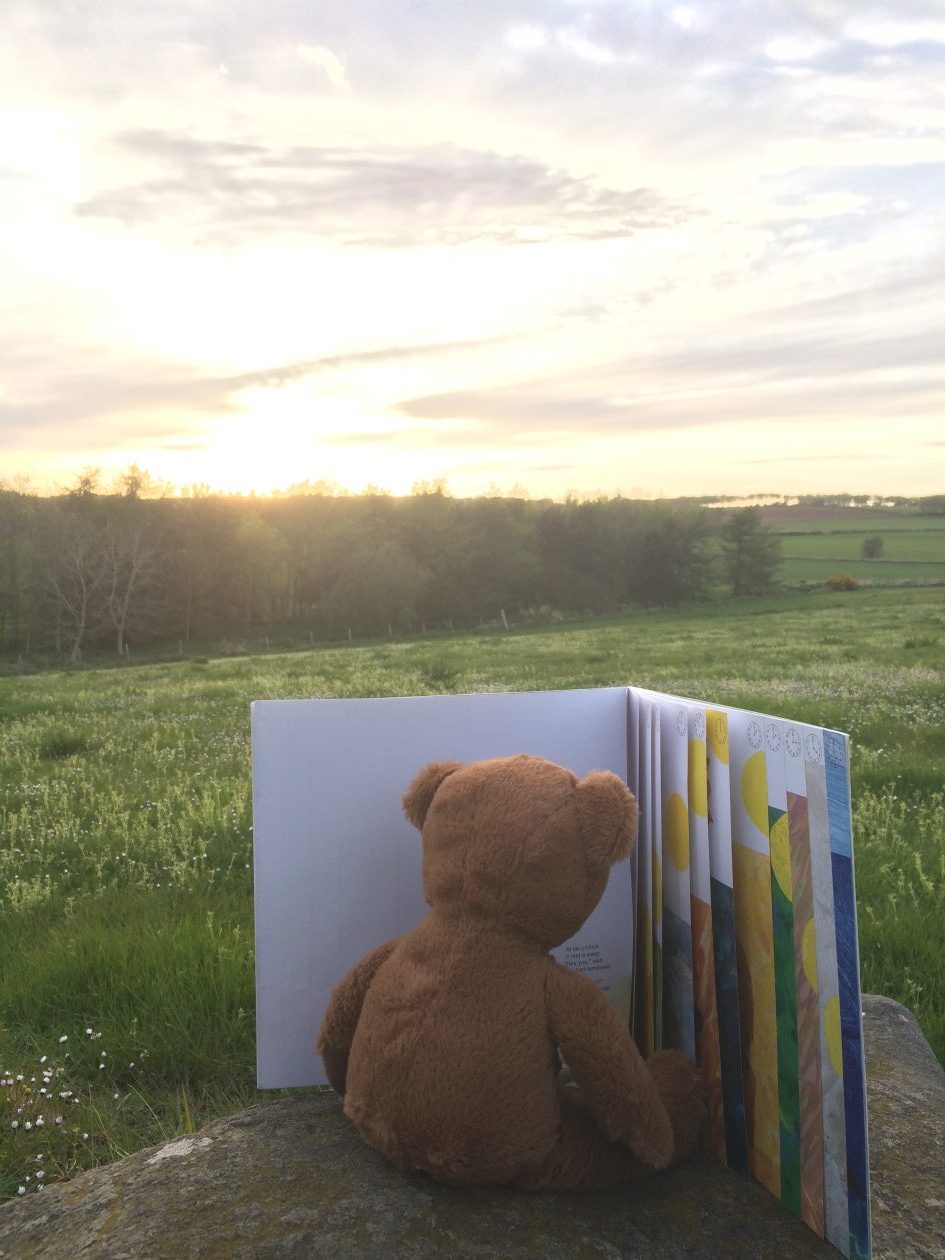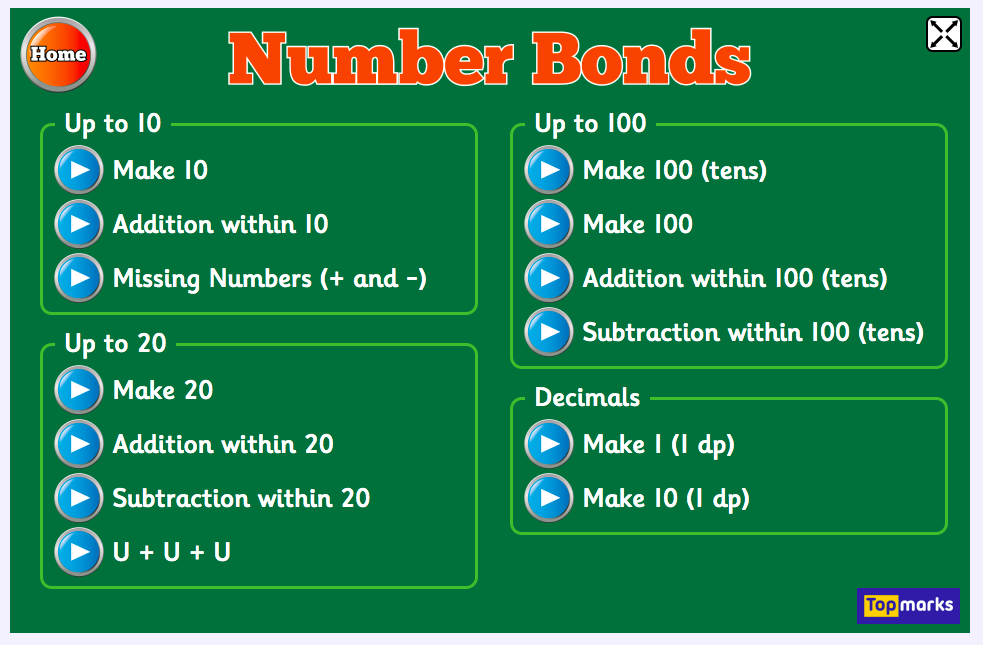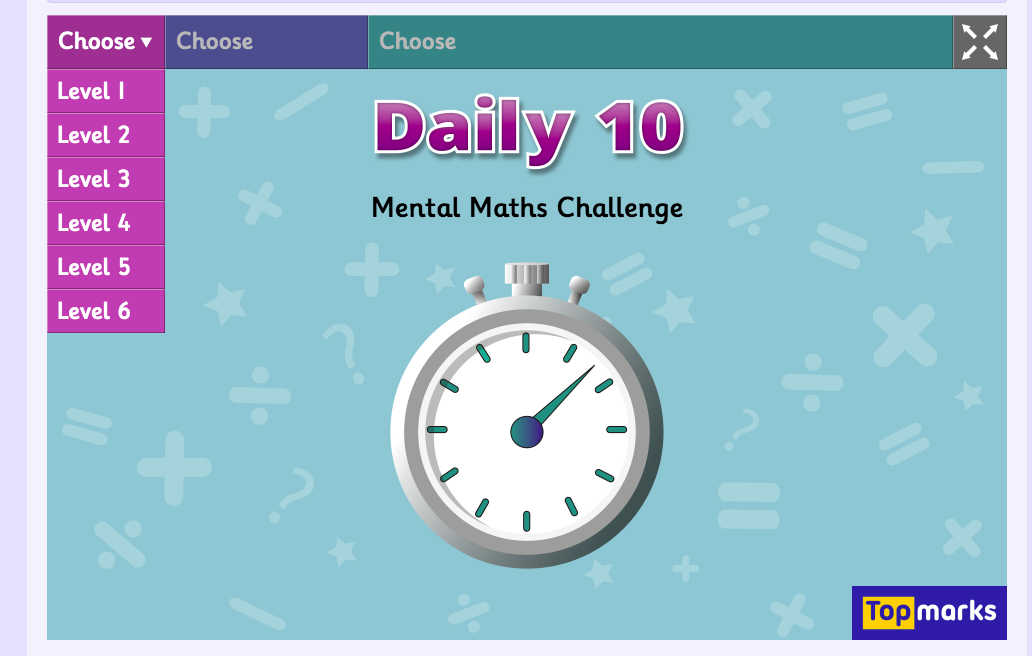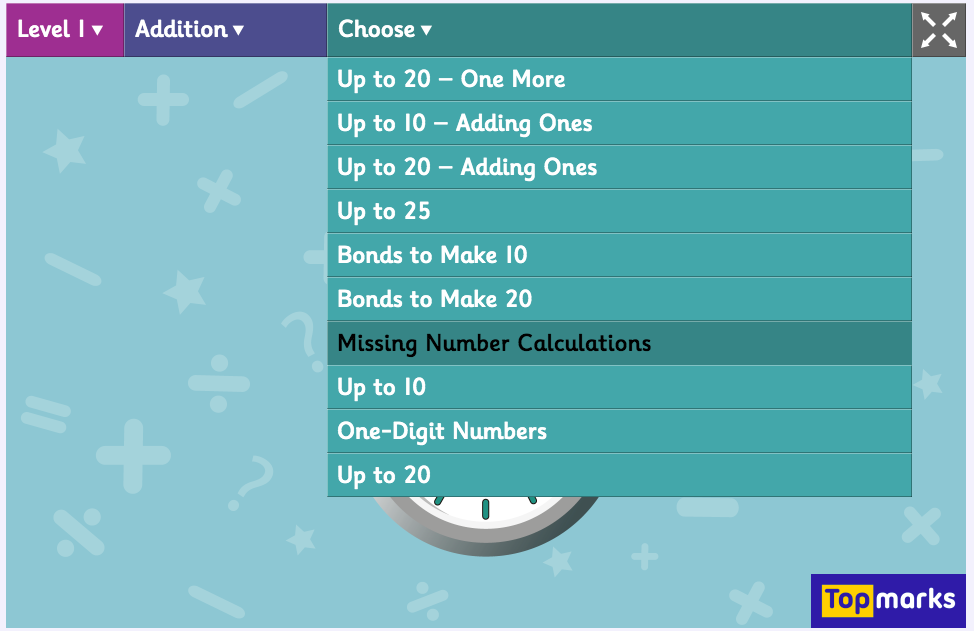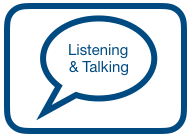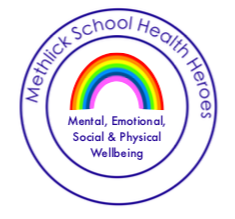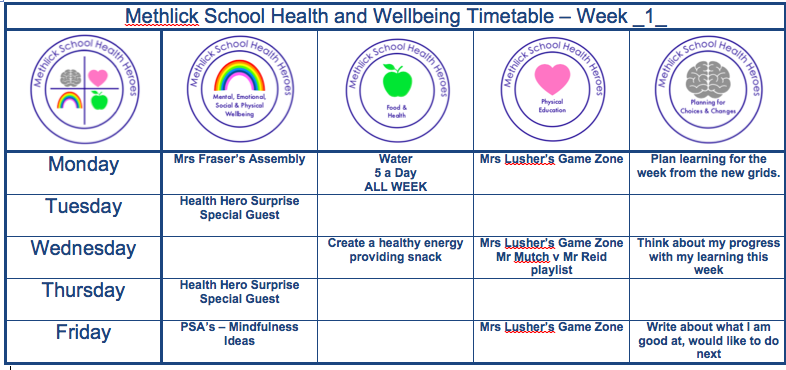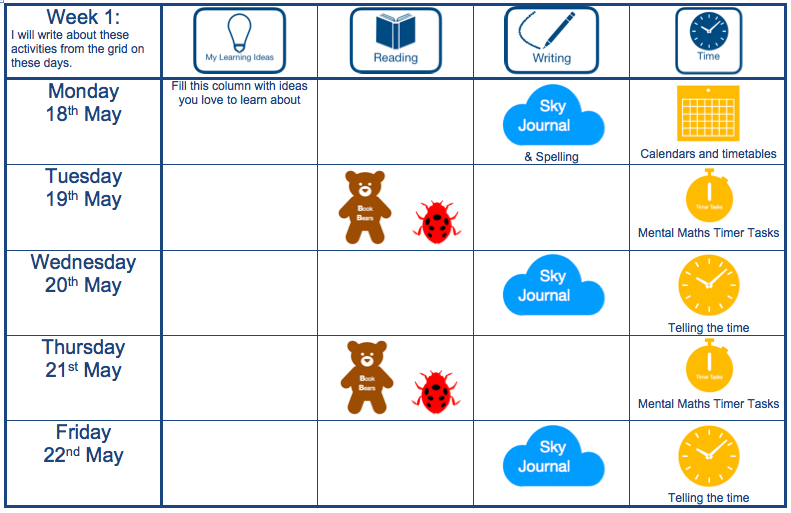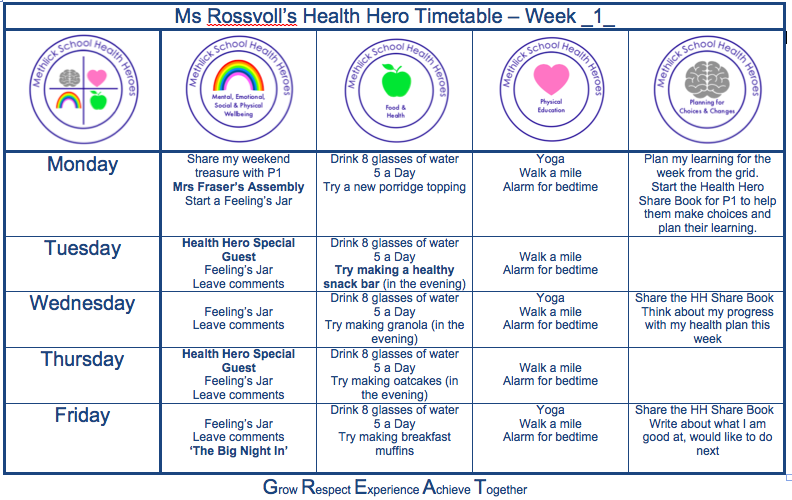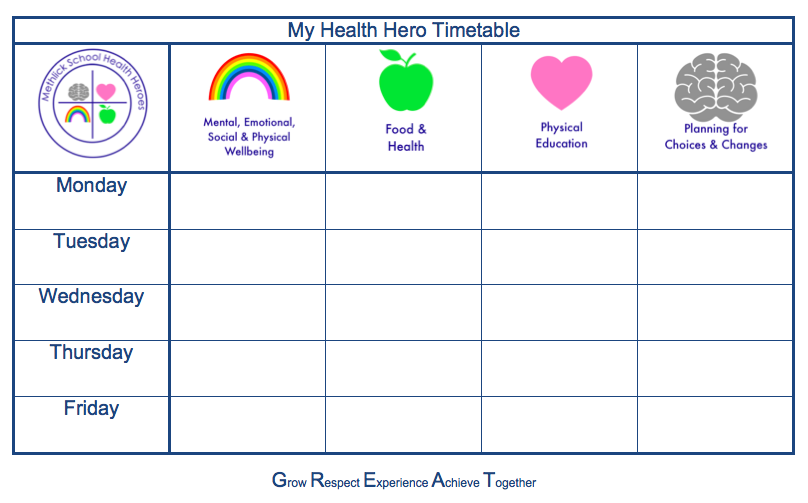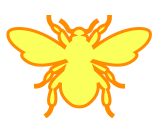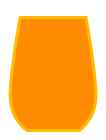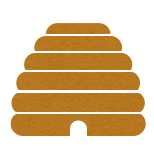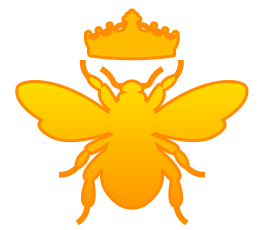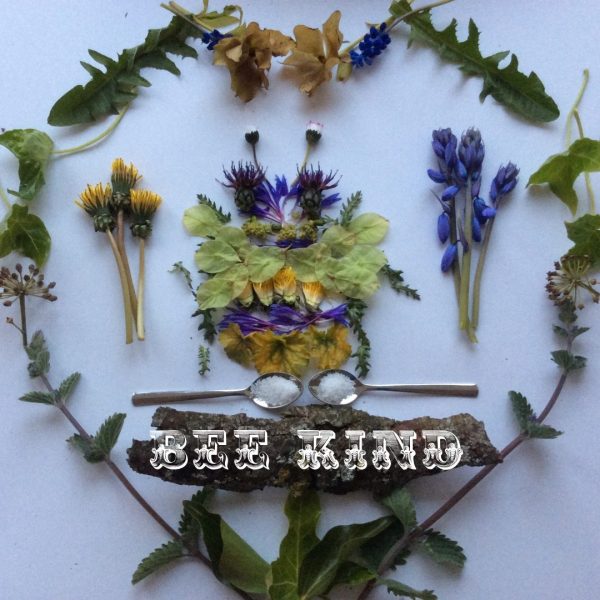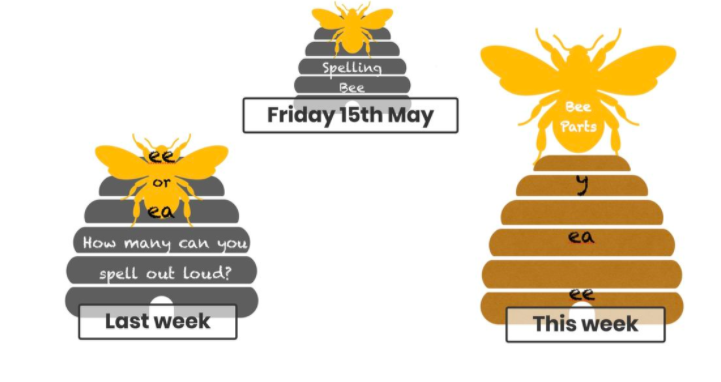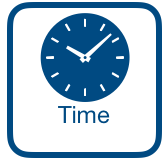 Tick Tock! Look at the Clock!
Tick Tock! Look at the Clock!
If you have made a timetable you might need to set an alarm to remind you to do something.
I have an alarm set for 11am to remind me to photograph the sky and an alarm set for the time I should be going to bed!

Throughout the day look at your clock on the hour and half past the hour, maybe you could set an alarm in your phone. What are you doing at those times?
Make your own clock
to do this you need to be able to
- write the numbers 1 to 12 on stones, shells, pieces of slate.
- order numbers to 12 in a clockwise direction
- find a short stick and a long stick
- colour the tip of the short stick, the hour hand
CHALLENGE – To add more information to your clock
- Write number stones for counting in 5s up to 60
- 5, 10, 15, 20, 25, 30, 35, 40 etc
- order the stones clockwise starting at 12
OR
Make a paper clock
Learn about o’clock
Learn about half past
Pretend to be a clock
- Ask someone to shout out a time.
- Use your arms to show what time it is.
White Rose Maths Time Booklet Year 1
White Rose Maths Time Booklet Year 2
fun TIME!
Dandelion Clocks!
When I was little I would love finding these seed heads intact and using them to ‘tell the time’. I would blow the dandelion and say 1 o’clock, blow the dandelion – 2 o’clock etc. I would ask what time it was and then try to blow the dandelion that number of times to confirm that a dandelion clock did work!
What’s the Time Mr Wolf?
Watch these children playing this game. Could you do this with your family?
Enjoy this story ‘What’s the Time Mr Wolf’ being read by the author Debi Gliori
Learn these dance moves to help you keep in TIME to the music
So many of you are still enjoying learning about bees .
Then visit the Magic Door Beehive Dance to take part

